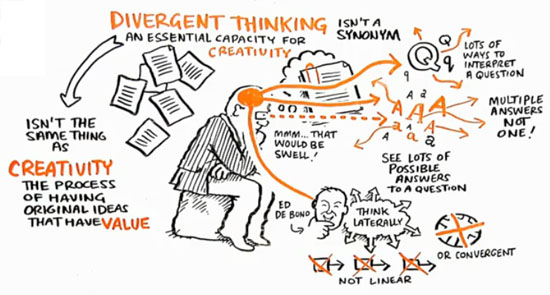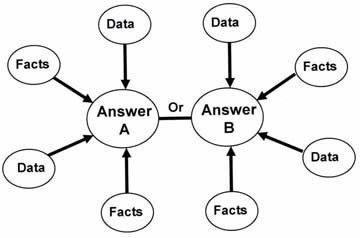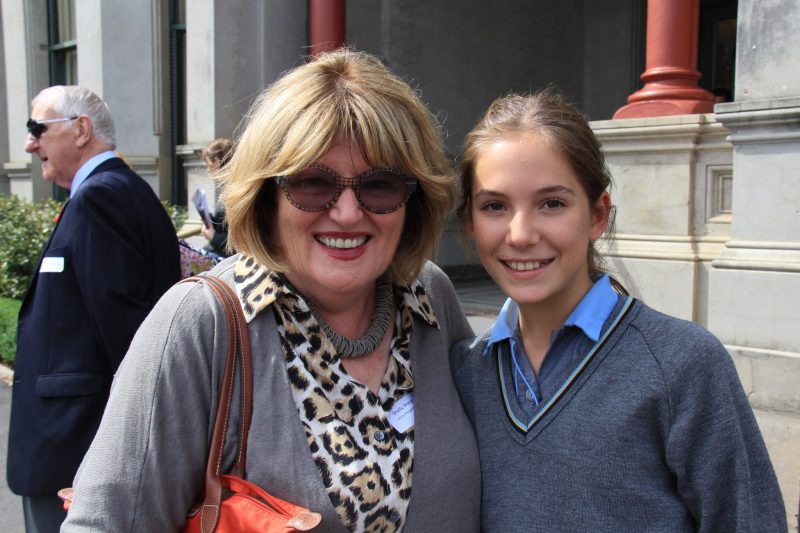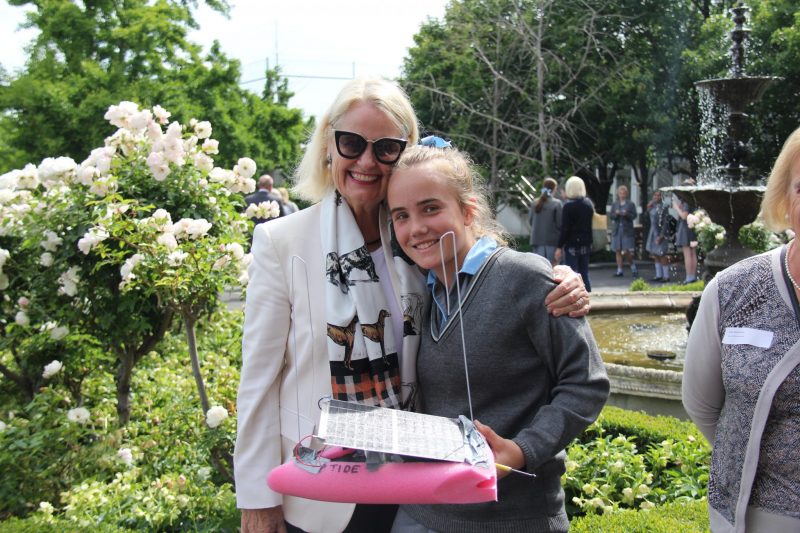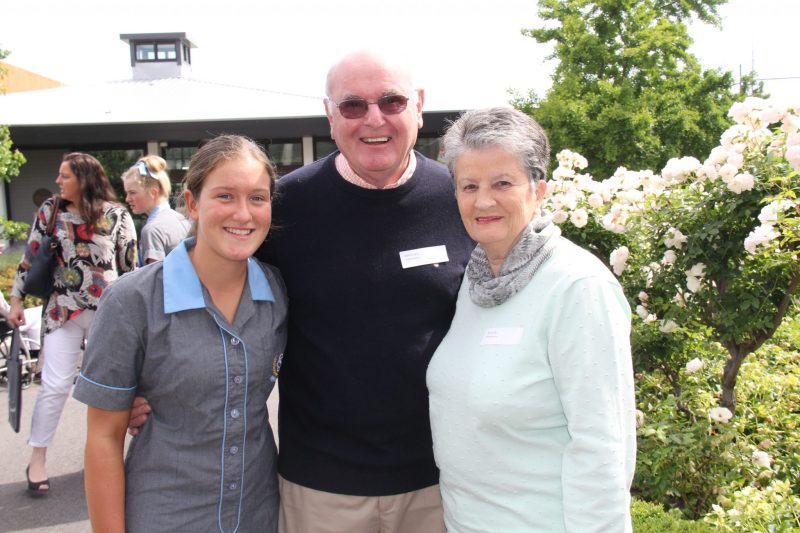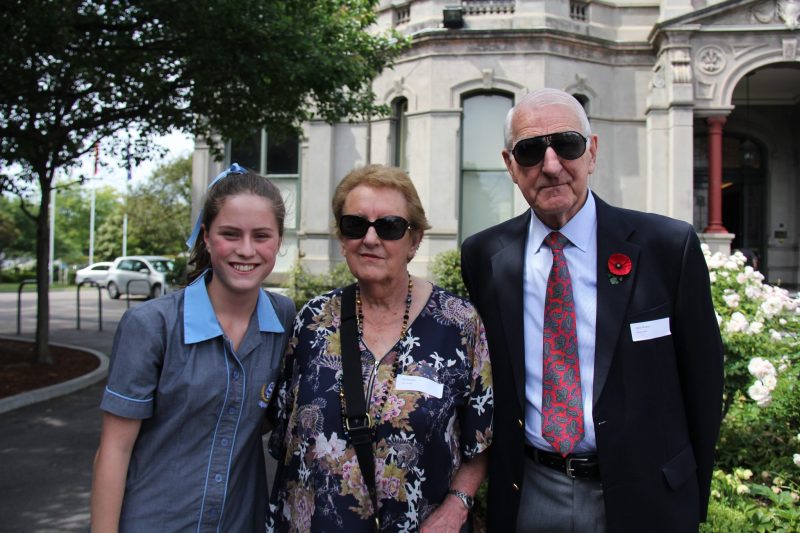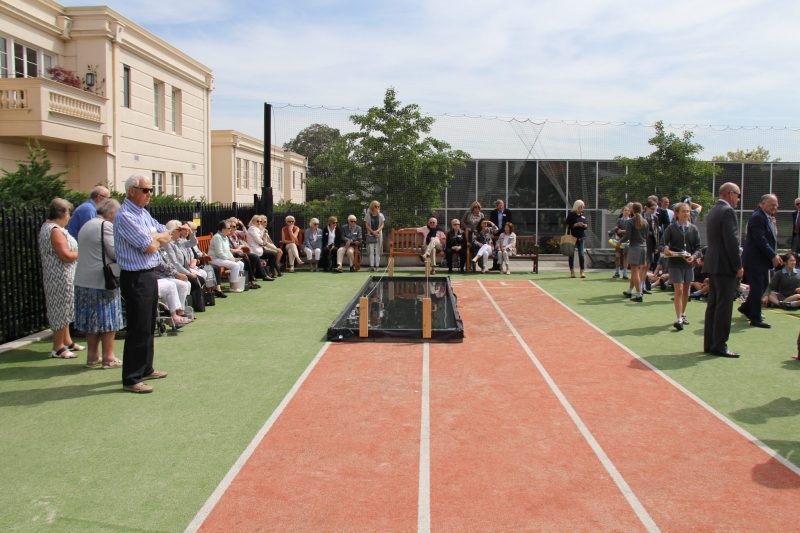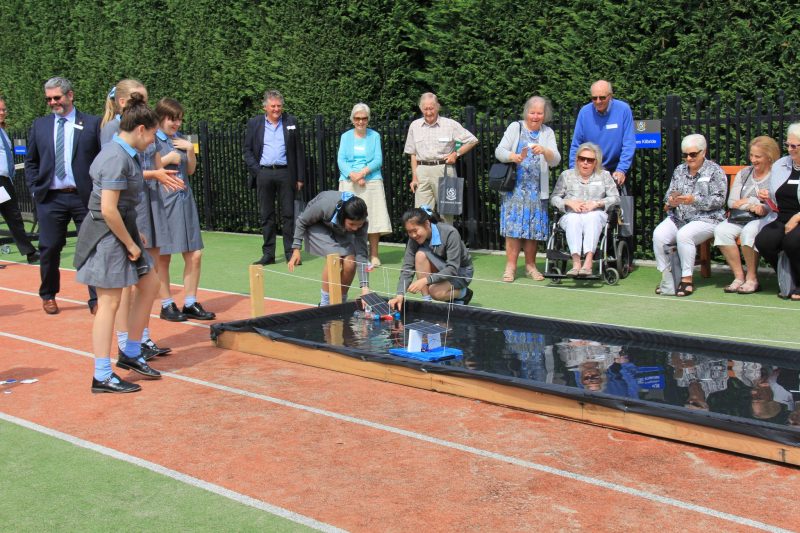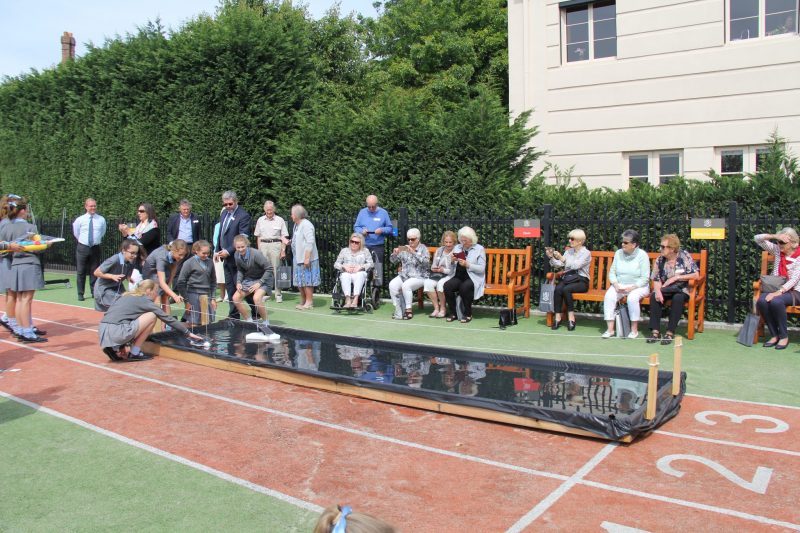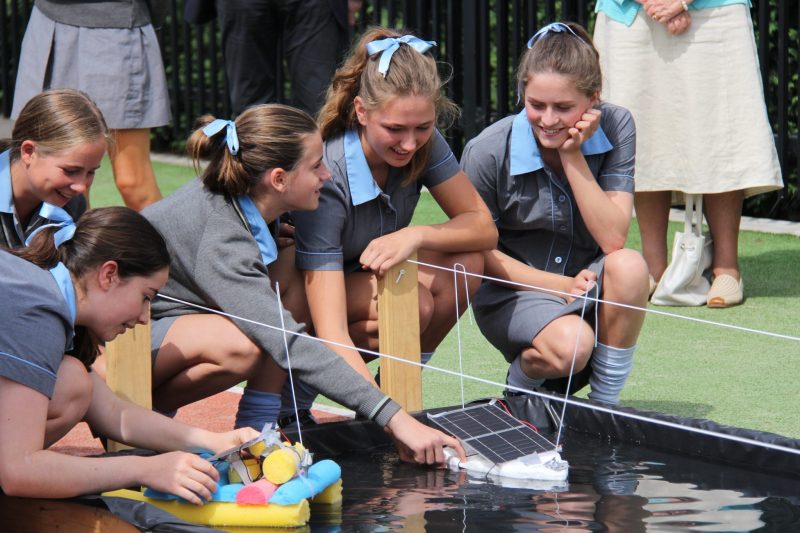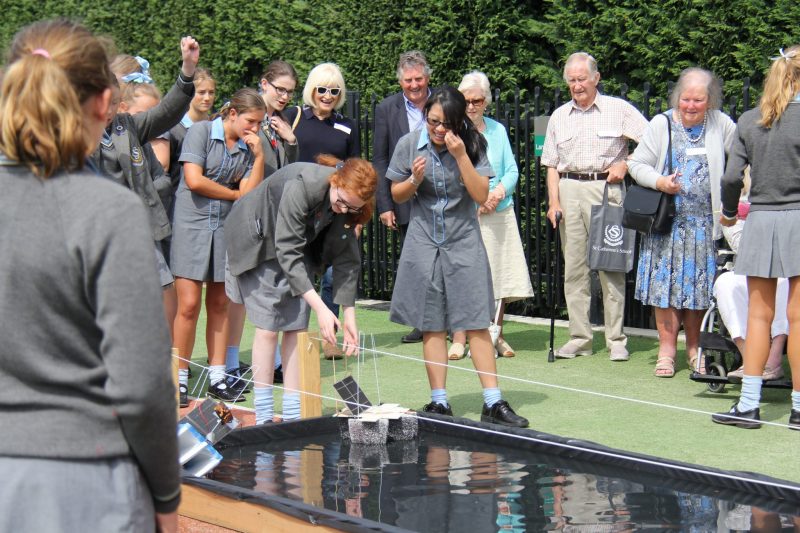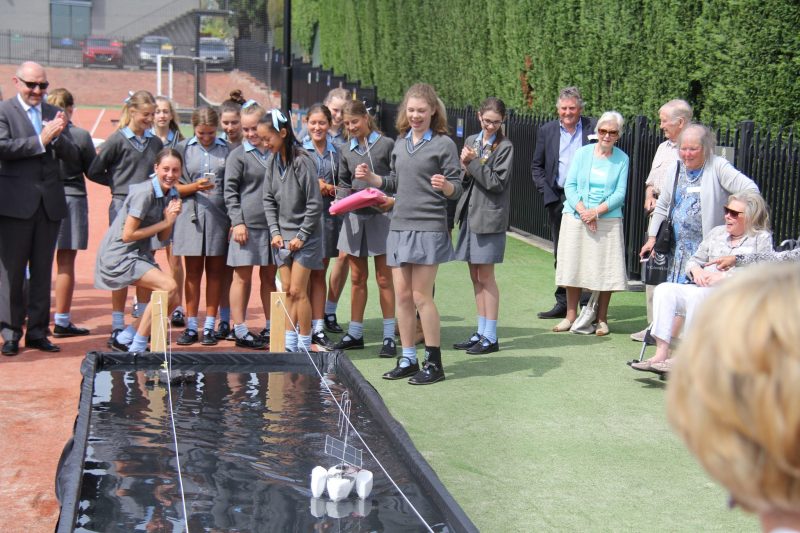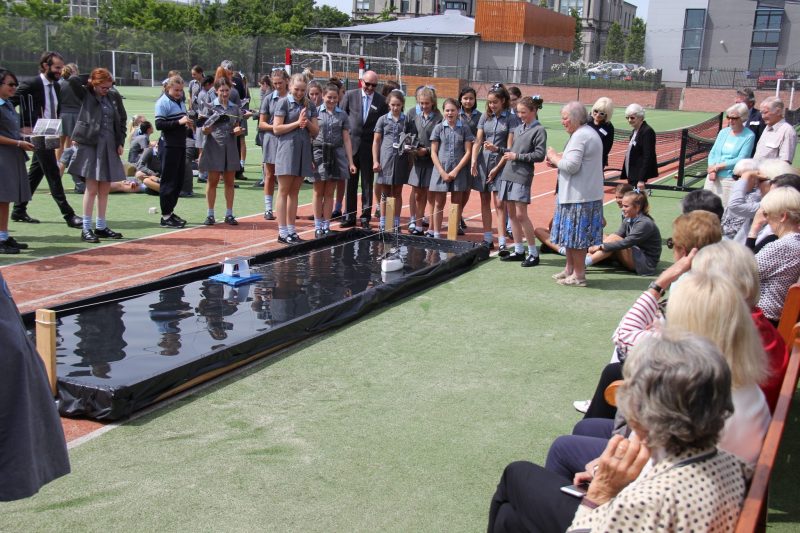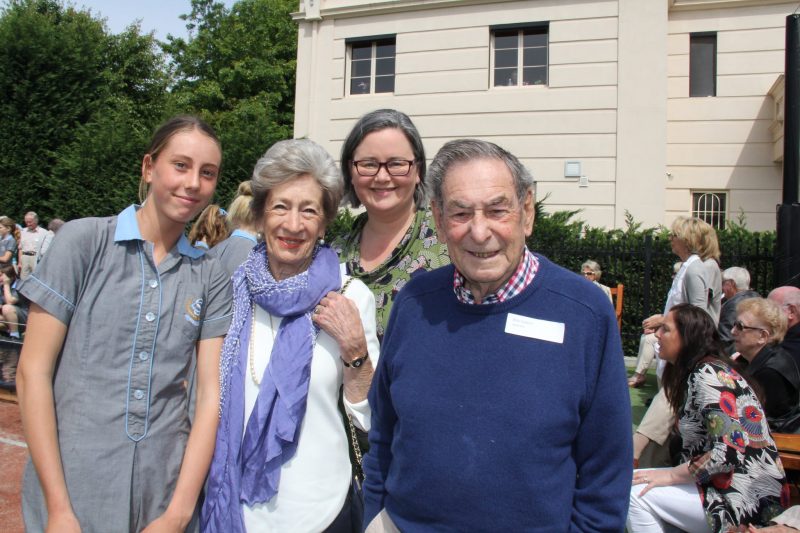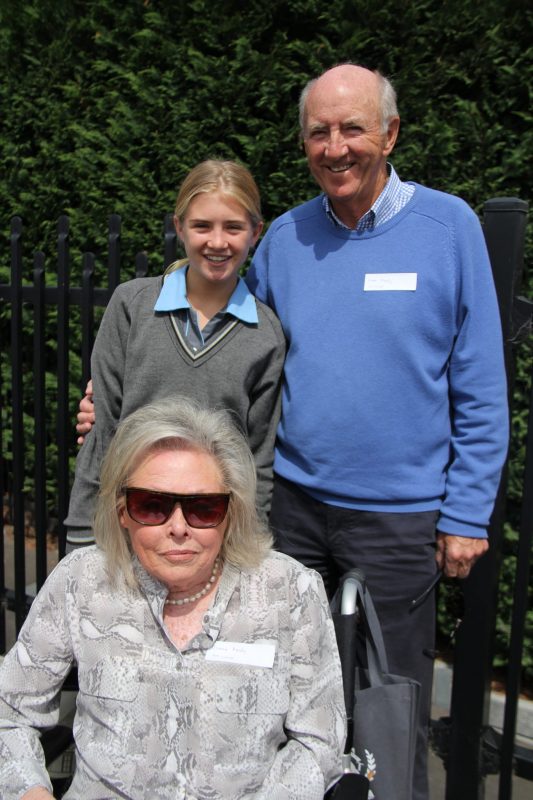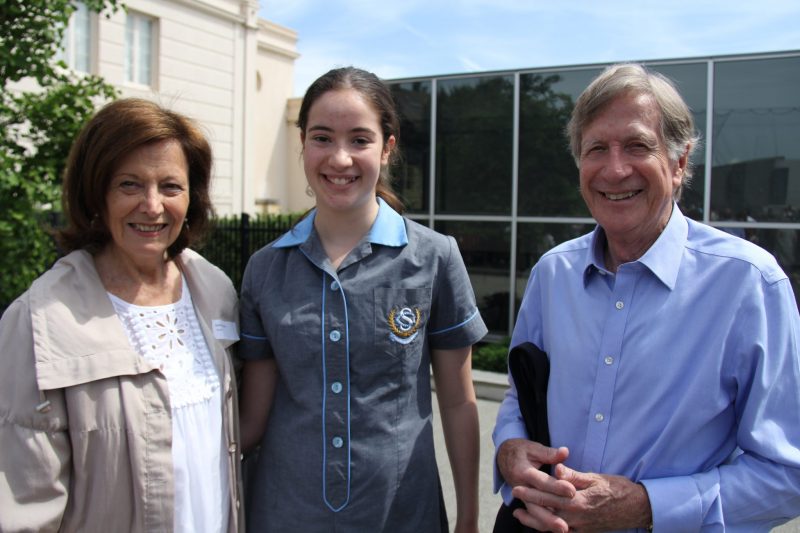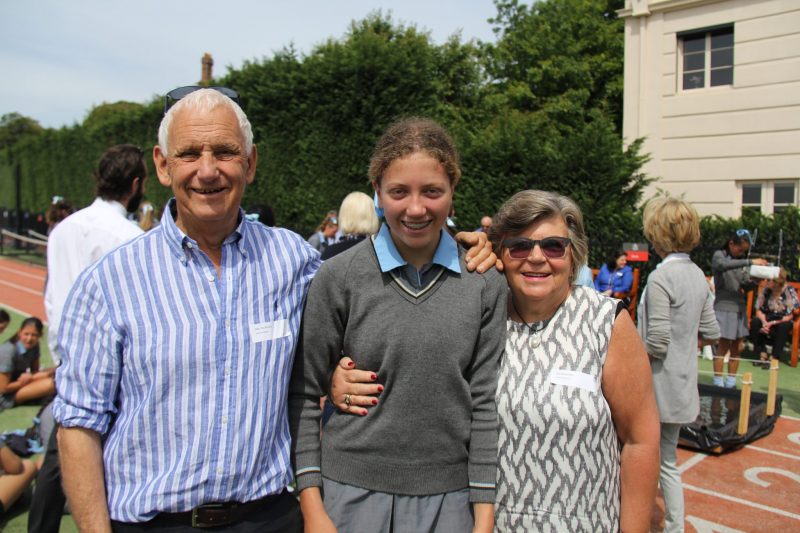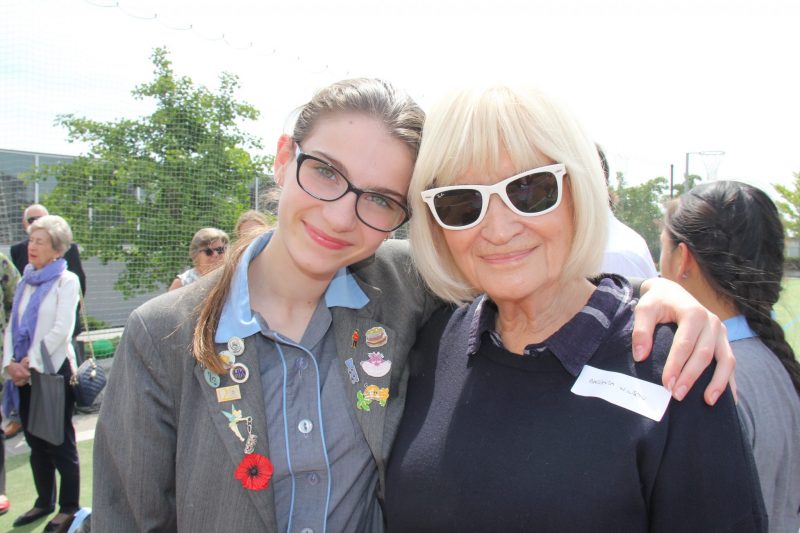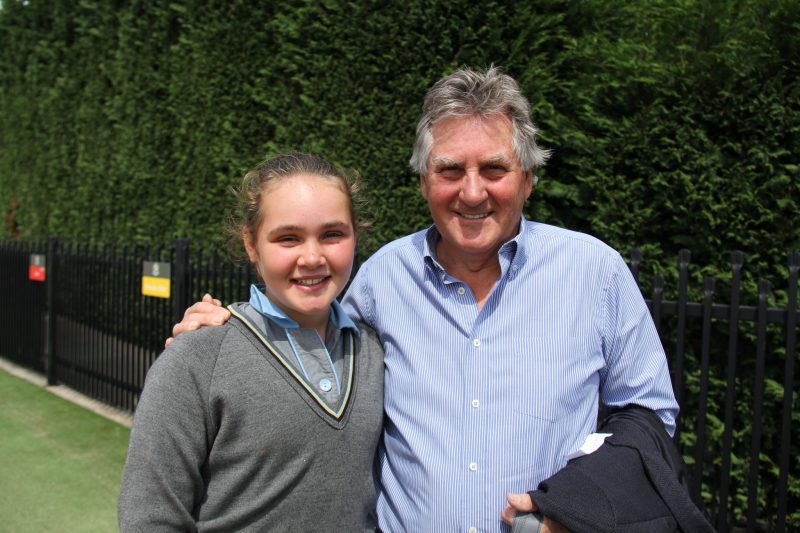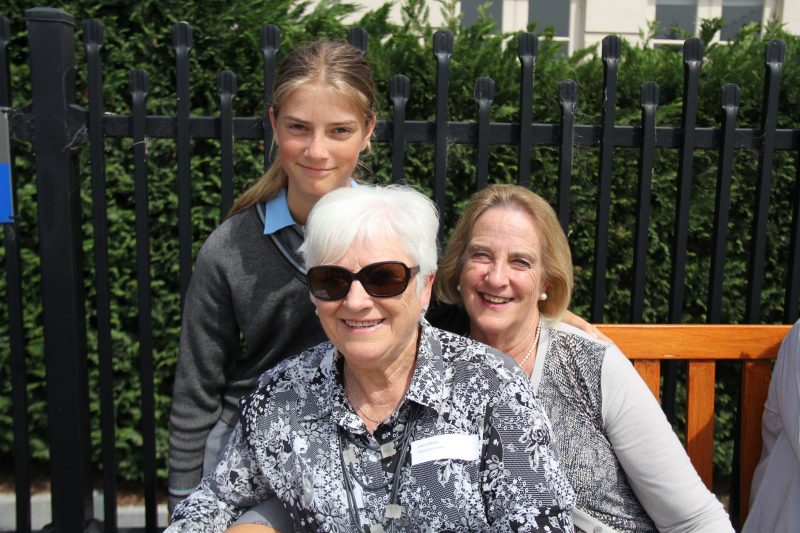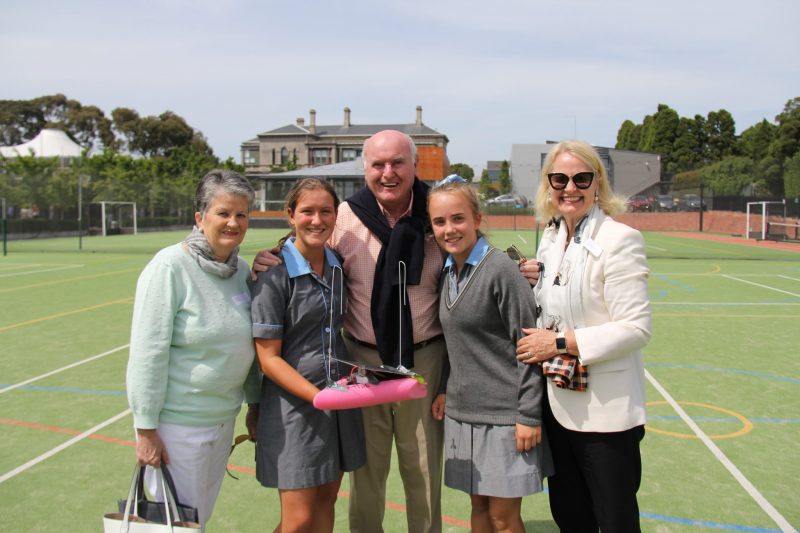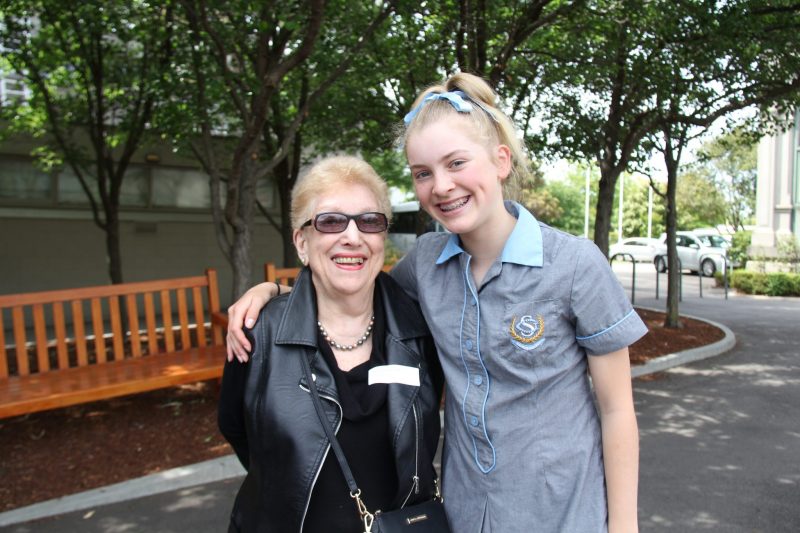From the Principal

Last week, the TIDE program (Technology, Innovation, Design and Engineering) culminated for our Year 8 students with an invitation extended to their grandparents to share their final TIDE lesson. Whilst invitations for grandparents to attend School activities is generally associated with our younger children in the Early Learning Centre or in Barbreck, the grandparents of teenagers can play a vital role in the necessary network of support and care required to raise young women.
Grandparents, in many ways, are walking, talking and living examples of history but unlike a museum, children can interact with their grandparents in a meaningful way. Grandparents have a listening style like no other, refraining from judgement, or perhaps offering a unique perspective within the family; a perspective that can provide a lifetime of wisdom and insight. For grandparents, sharing their wealth of experience and knowledge provides a unique style of mentorship, a special kind of guidance from a nurturing standpoint.
Director of Curriculum and Innovation, Mr Adrian Puckering, in his welcome address to our grandparents last week provided by way of example the philosophy underpinning the Year 8 TIDE program. He described a need for a 21st learning curriculum that develops a generation of problem solvers, creative thinkers and ideas people. Put simply, there is a need to extend children’s ‘divergent thinking’, as opposed to their ‘convergent thinking’.
‘Divergent thinking’ is typically signified by the capacity to produce many, often complex, ideas from a single idea. In divergent thinking, a single question returns multiple answers and with this approach, children’s curiosity, imagination and originality of ideas are extended and they are encouraged to ‘think outside the box’; this ultimately places children in the ‘drivers’ seat of their learning.
On the other hand, ‘convergent thinking’ culminates in one readily available, best answer. Most mathematical problems require convergent thinking, offering pieces of information and resolving to a single conclusion. It involves finding the ‘right’ solution to a problem.
Putting these thinking styles into practice, our Year 8 students were challenged with the task of building a solar boat. The girls were provided with a solar panel, the motor, the drive shaft and guide tube, and a propeller. The girls were encouraged to use recycled materials for the body of the boat and to apply a sustainable approach to their boat building, such as the exploration of solar energy through design and construction of working models powered by the sun shining on solar cells. The design process involved investigation, design, construction, testing and modifying and in a grand finale, with grandparents in attendance, racing their boats.
In theory, convergent and divergent thinking are two completely different aspects of thinking. However, they hold more in common than one might realise. Although they are completely different in terms of the basic meaning of the terms and how they work, the major purpose is the same. Both these thinking processes are implemented in order to explore creativity and find solutions to different problems.
These processes tend to work best when applied in conjunction. Divergent thinking takes place in a free-flowing, spontaneous manner and creates varieties of possible resolutions to a problem. For the Year 8 TIDE class, the girls were given a set problem to solve using divergent thinking: the creative design of their boat with a set list of materials and a need to apply principles of sustainability. Their convergent thinking was then applied through their testing and the collection of data to help find the best possible answer to the task (or problem). Thus the very best answer (or design) can be selected from the data collected and the multiple solutions resulted from their divergent thinking.
The TIDE class provides a great combination of creativity and critical thinking. In these ways, convergent thinking can produce new ideas scientifically, and divergent thinking can produce new ideas artistically. The best artists and scientists combine convergent and divergent together to produce meaningful art and creative science. Integration of the arts in science, technology, engineering and mathematics (STEM) reflects a natural intersection of subjects and importantly, the skills needed to grow our 21st century learners – collaboration, creativity, critical thinking and communication.
Of course, our grandparents were enthralled with the boat racing and thoroughly enjoyed sharing a morning at St Catherine’s with their granddaughters. Many commented how much they appreciated the invitation to attend and the opportunity to connect further through conversation with their granddaughter about their learning.


